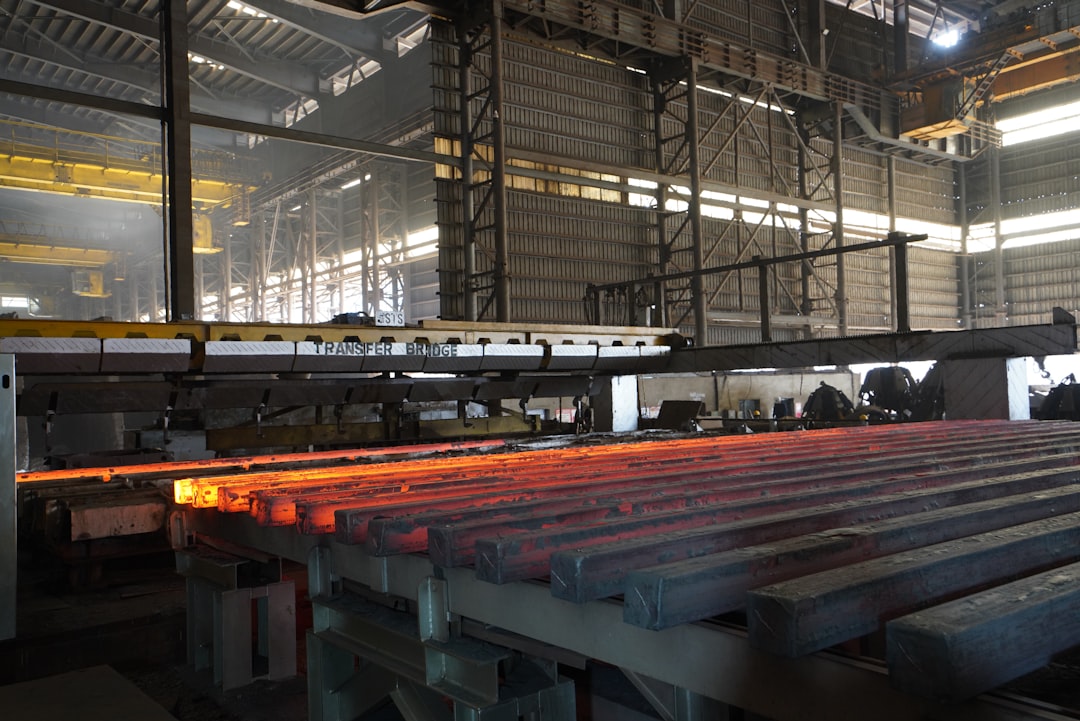Steel is a ubiquitous material in modern civil engineering projects, from skyscrapers to bridges and industrial structures. A strong understanding of steel design, fabrication, and construction is crucial for any civil engineer aiming for career advancement and project success. This comprehensive guide explores the essential aspects of steel training for civil engineers, providing a roadmap for enhancing your skills and knowledge in this critical area.
Understanding Steel Design Principles
This section delves into the fundamental principles governing steel design. It covers topics such as material properties, including yield strength, tensile strength, and ductility. You’ll learn how these properties influence the design process and the selection of appropriate steel grades for specific applications. Furthermore, we’ll explore the various design codes and standards, such as AISC (American Institute of Steel Construction) and Eurocode 3, which provide the framework for safe and efficient steel structure design. Understanding load paths, stress analysis techniques (including bending, shear, and axial loading), and the application of various design methodologies (like Limit State Design) is paramount. Mastering these concepts allows for the creation of robust and efficient steel structures that meet the required safety and performance criteria.
Steel Fabrication Techniques and Processes
Beyond design, a thorough understanding of steel fabrication is essential. This section explores the various techniques used to transform raw steel into usable structural members. We’ll examine different fabrication methods, including hot-rolled sections, cold-formed sections, and welded connections. Learning about different welding processes (like SMAW, GMAW, and FCAW) is crucial, along with understanding weld quality control and inspection procedures. This includes knowledge of weld symbols, weld defects, and non-destructive testing (NDT) methods used to ensure the integrity of welded joints. Furthermore, the section will cover the importance of proper detailing and the role of detailing software in creating accurate and efficient fabrication drawings. Understanding fabrication limitations and tolerances is equally important for successful project execution.
Steel Construction Practices and Management
Successful steel construction requires meticulous planning and execution. This section focuses on the practical aspects of constructing steel structures, from site preparation and erection to quality control and safety management. It covers topics such as the use of lifting equipment, temporary supports, and bracing systems. Understanding the sequence of erection, the importance of proper alignment and tolerance control, and the management of potential risks are key aspects of this phase. We’ll also discuss the importance of site safety procedures, adhering to regulations, and employing best practices to ensure a safe and efficient construction process. Effective project management, including scheduling, resource allocation, and cost control, is integral to successful steel construction projects.
Advanced Steel Topics: Connections and Finite Element Analysis (FEA)
This section explores more advanced topics within steel engineering. We’ll delve into the design of various steel connections, including bolted, welded, and composite connections. Understanding the behavior of these connections under different loading scenarios is crucial for ensuring structural integrity. Furthermore, we will introduce the use of Finite Element Analysis (FEA) software for advanced structural analysis and design. FEA allows for a more detailed and accurate assessment of structural behavior, particularly in complex geometries and loading conditions. Learning to interpret FEA results and use them to optimize designs is a valuable skill for any advanced steel engineer.
Software and Tools for Steel Design and Detailing
Modern steel design and detailing heavily rely on specialized software. This section explores commonly used software packages for steel design and detailing, including AutoCAD, Revit, Tekla Structures, and other industry-standard programs. We’ll cover the basic functionalities of these programs, demonstrating how they assist in creating accurate drawings, performing structural analyses, and generating fabrication details. Understanding the strengths and limitations of different software packages is essential for selecting the most appropriate tools for specific projects. The ability to efficiently use these software tools is a highly sought-after skill in the civil engineering industry.
By mastering the concepts outlined in this guide, civil engineers can significantly enhance their capabilities and contribute to the successful completion of complex and challenging steel construction projects. Continuous learning and staying updated with the latest advancements in steel technology are crucial for career growth and success in this dynamic field.
SEO-Friendly Tags:
- Steel Training for Civil Engineers
- Steel Design and Construction
- Structural Steel Engineering
- Steel Fabrication Techniques
- AISC Steel Design Manual




